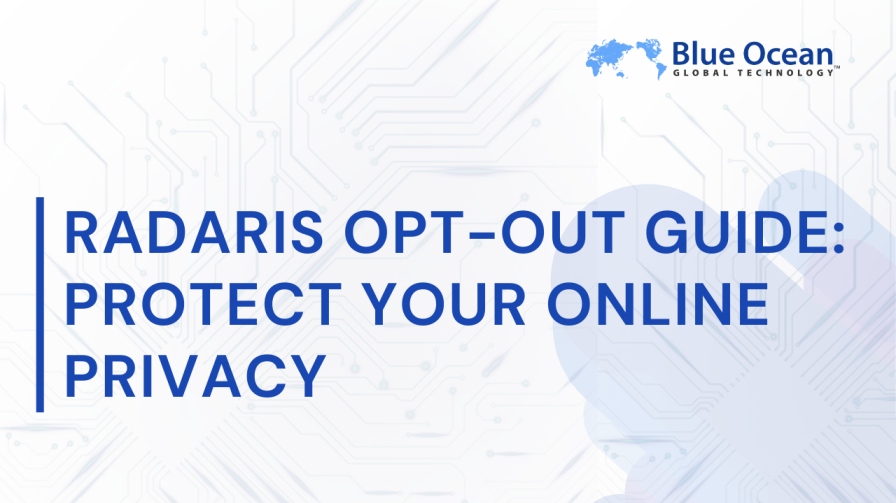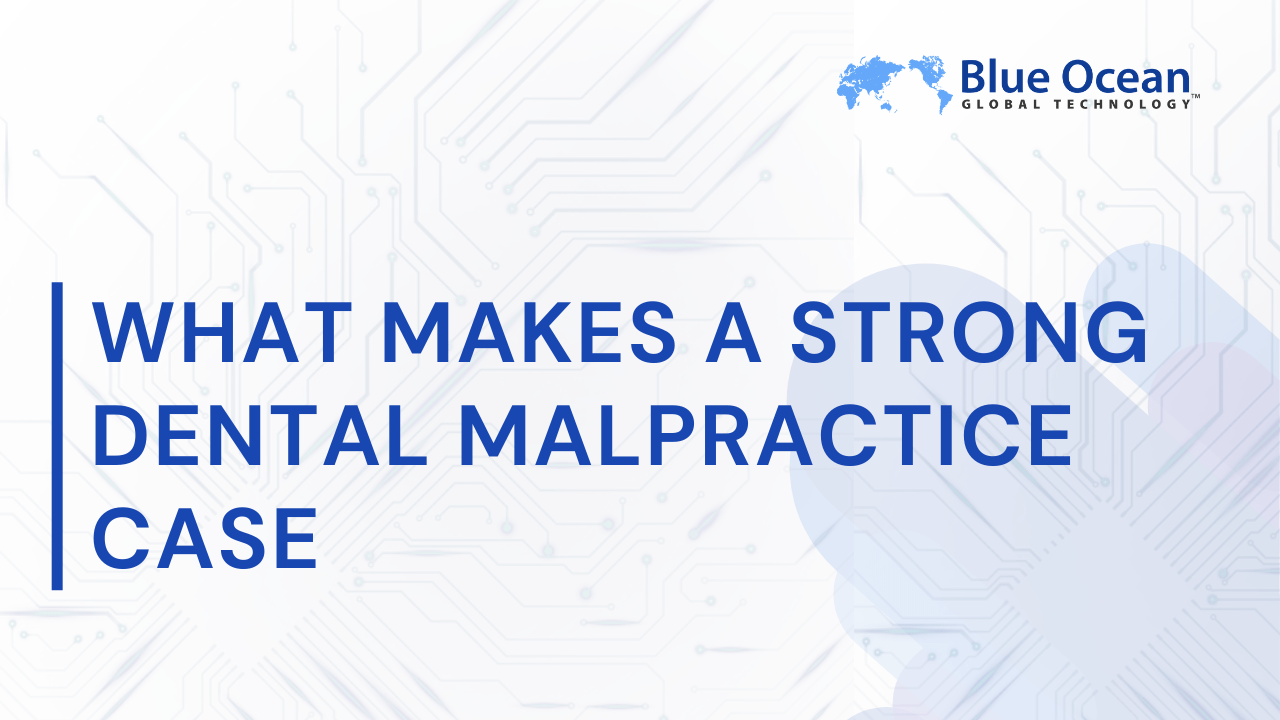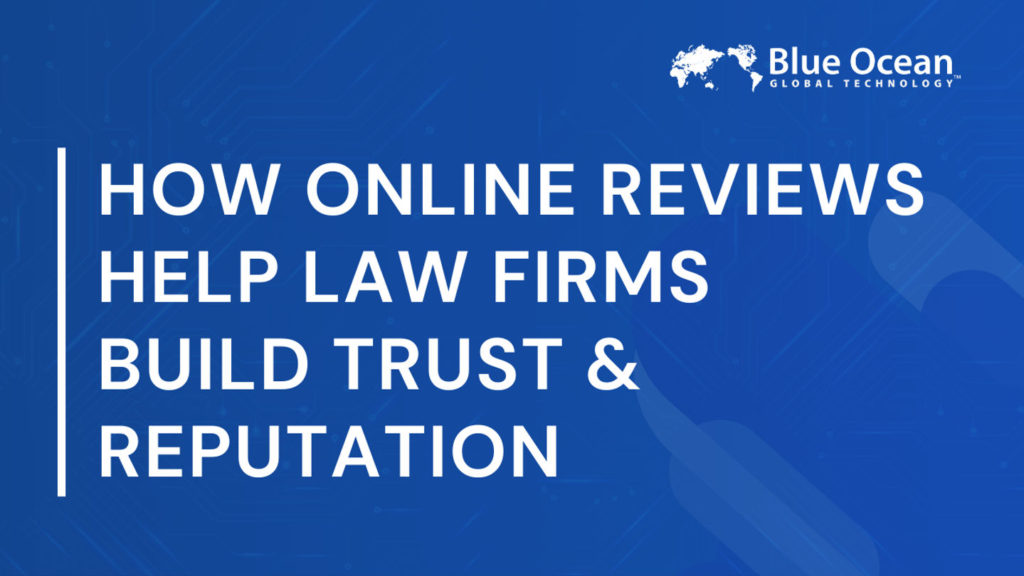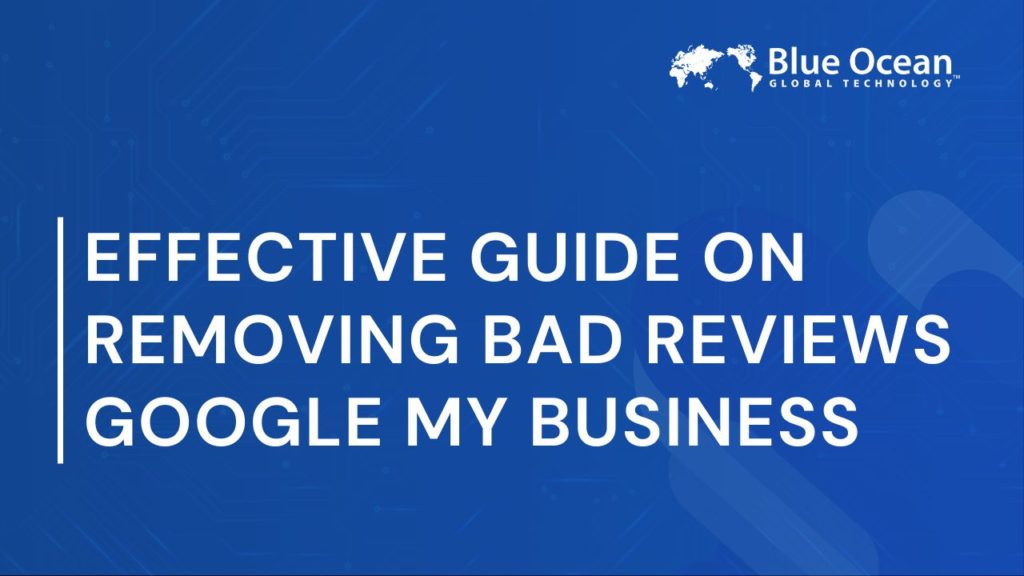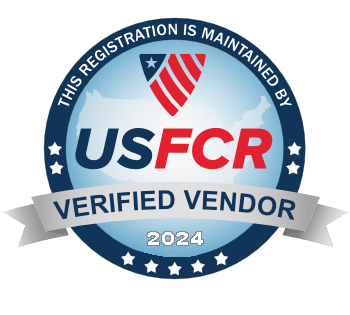Radaris collects and displays personal data from publicly available records, leaving individuals concerned about their privacy. If you’re looking to regain control over your information, Radaris’ opt-out requires an understanding of the process, including addressing issues like account verification and the reappearance of removed data.
This article provides a clear, actionable guide on how to opt-out of Radaris, protect your online reputation and privacy, and prevent data relisting. As a leader in online safety and privacy solutions, Blue Ocean Global Technology is committed to supporting individuals in safeguarding their digital footprint and resolving complex privacy challenges.
What is Radaris and Why Is Your Information Listed There?
Radaris aggregates publicly available data into searchable profiles that anyone can access. To remove yourself from Radaris, it’s essential to understand how they source and share information. Unlike revenge websites that often publish harmful or malicious content with the intent to damage reputations, Radaris functions as a data aggregator, compiling information from public records and online sources without targeting individuals personally.
What is the purpose of Radaris?
Radaris functions as a people search platform, consolidating data from public records, social platforms, and third-party sources into comprehensive personal profiles. Users can search for individuals and access details like addresses, employment history, and more.

Why is your personal data on Radaris?
Your information may appear on Radaris through the following:
- Public records : Court documents, property records, or licensing databases.
- Social media : Linked accounts or public-facing posts.
- Third-party platforms : Websites that trade in personal data for marketing purposes.
What data does Radaris publish about you?
Radaris compiles typical personal data points including:
- Contact information such as phone numbers and email addresses
- Residential histories and workplace details
- Relatives, associates, and linked social accounts
Is Radaris legitimate or a scam?
Radaris operates legally by sourcing publicly available data; however, its practices raise ethical questions about privacy. While not a scam, it thrives on the monetization of public records.
Step-by-Step for Radaris Opt-Out Instructions
The Radaris opt-out request requires meticulous adherence to specific steps. Completing these ensures your data is processed for removal without unnecessary delays. Following the proper procedure not only streamlines the process but also supports broader content removal efforts, helping you maintain stronger control over your personal information online.
Step 1: Search for Your Profile on Radaris
Use the Radaris search tool to locate all profiles associated with your name.
- Enter your full name and city in the search bar.
- Carefully review search results to identify your complete profile(s).
- Take note of the profile URL(s) for the removal process.
Step 2: Submit Your Opt-Out Request
Once you’ve found your profile(s), access the Radaris opt-out form to begin the removal process.
- Visit the Radaris opt-out page (accessible via their official site).
- Provide the requested details, including the profile URL(s), your email address, and a reason for removing your listing.
- Submit the form and wait for acknowledgment of your request.
Step 3: Confirm Your Opt-Out Request
After submitting the opt-out request, Radaris will send a verification email to the address you provided.
- Locate the email and click the confirmation link to finalize your data removal request.
- If you don’t see the email, check your spam or junk folder.
Common issues in the Radaris removal process
- Processing delays : It may take days or weeks for Radaris to fully process requests.
- Incomplete confirmations : Verification emails sometimes fail to arrive or are incomplete.
- Finding your listing : Duplicate or incorrectly labeled profiles complicate the search process.
According to a 2024 study on digital privacy tools, opting out of data broker platforms requires persistence, as delays are common and user errors often hinder successful removal.

What to Expect After Submitting a Radaris Opt-Out Request
Once your opt-out request is submitted, you’ll need to be patient and vigilant to ensure the process is complete.
How long does Radaris take to remove your information?
The removal process typically takes 7–14 business days. However, delays may occur due to incomplete submissions or increased volume of requests.
What happens if your information reappears?
If your data reappears:
- Revisit the opt-out process to file another request.
- Monitor linked platforms or account activities that may have republished your data.
Can Radaris guarantee permanent removal of your data?
Complete data removal cannot be fully guaranteed. Radaris pulls data from multiple sources, meaning new updates from those sources may re-link your information to their database.
Tips to prevent future data relistings
Proactive measures can help reduce the chances of your data being reposted:
- Regularly search for your name online to identify new listings.
- Use tools to automate monitoring and removal of personal data from multiple broker sites.
Protect Your Digital Identity
Take control of your digital identity before others exploit it. Begin the Radaris opt-out process today to safeguard your personal data and reduce future privacy risks.
FAQs and Troubleshooting Tips for Radaris Data Removal
Addressing common issues simplifies the Radaris removal process and helps resolve frustration.
Do you need an account to remove your info from Radaris?
No. You can complete the removal process by submitting an opt-out request without a Radaris account, although email verification is required.
Why is my Radaris removal request taking so long?
Delays occur due to backlog, incomplete forms, or failure to confirm your request by email. Double-check the details submitted and follow up with Radaris if needed.
Can you remove others’ information from Radaris?
You can file requests on behalf of others but must have their proof of consent, as this may involve sensitive data or legal implications.
Can Blue Ocean Global Technology assist with Radaris opt-outs?
Blue Ocean Global Technology offers tailored assistance for removing personal data from platforms like Radaris, especially in complex cases where general requests are insufficient.

Protecting Your Online Privacy Beyond Radaris
Removing your data from Radaris is only one step toward safeguarding your personal information. Long-term strategies can prevent future data exposure.
Other people search and data broker platforms include:
- Spokeo
- PeopleFinders
- MyLife
Steps to monitor and protect your online presence
Protect your digital footprint by:
- Running regular searches of your name and key identifiers online.
- Using platforms like DeleteMe to remove your data from multiple broker sites.
When to take legal action if your information cannot be removed?
If Radaris refuses to comply with removal requests, consult legal experts to explore your rights under privacy laws such as the CCPA or GDPR.
Best practices for staying private online
Take these precautions to minimize data exposure:
- Limit personal information shared on social networks.
- Use browser extensions that block tracking and secure browsing.
According to a 2025 Harvard Privacy Study on public information monitoring, individuals who actively track and remove their online data see a significant reduction in exposure to privacy risks.

Other Commonly Asked Questions About Radaris
Here are additional concerns users have about Radaris and its operations.
How do Radaris searches work for users?
Radaris uses its internal database to deliver search results based on inputs like a name, city, or state, displaying public data linked to the searched individual.
Why is preventing personal data exposure important?
Publicly visible data compromises your security and privacy, exposing you to risks like identity theft, stalking, and unsolicited outreach.
Can Radaris be used for harmful purposes?
While intended for legitimate searches, Radaris data may be misused for harassment or fraud. Controlling listed information reduces these risks.
Successfully completing the Radaris opt-out process equips you to better manage your online privacy. Blue Ocean Global Technology provides expert assistance to resolve extensive privacy issues, from data removal to robust digital safety practices.
Keep Strangers Away from Your Information
Your private information should not be available to strangers or data brokers. Follow our detailed Radaris opt-out guide and reclaim the security and peace of mind you deserve.

